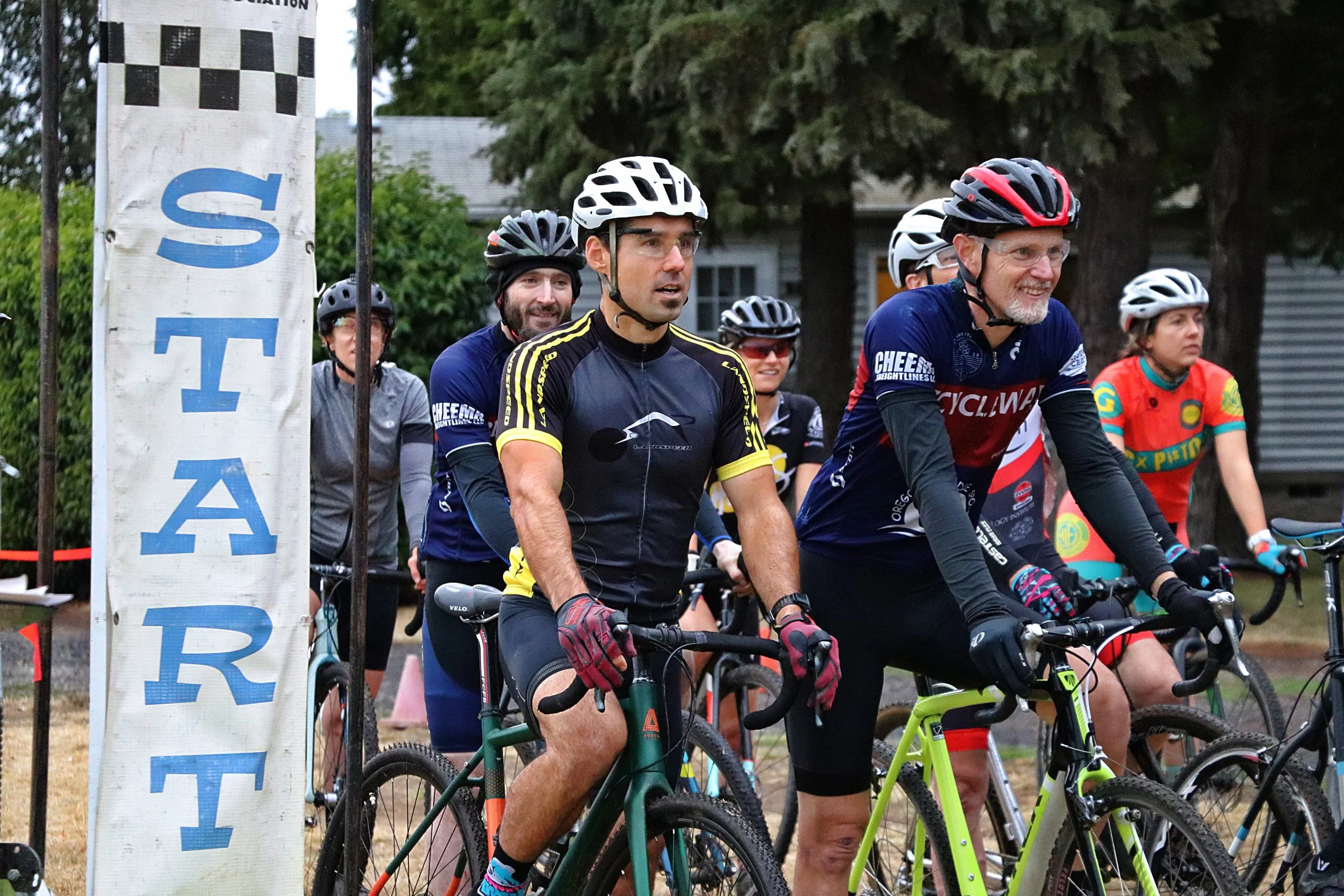New to Racing?
Twilight Operations is here to help!
EQUIPMENT: If you have never raced bicycles before, equipment selection creates lots of questions. You can start training on any bicycle you have today, but specific race styles either recommend or require specific equipment. In addition to this basic overview, you can read detailed rules here and consult your local bike shops in Springfield and Eugene for advice.
Time trials, such as the Twilight Time Trial in Coburg in May and the McBeth Hill Climb in July, can be raced on almost any bicycle. In these races, each rider has their own start time (at 30 second intervals from the riders before and behind) and rides to the finish line without drafting, passing or being passed by other riders but never riding together for aerodynamic advantage. For triathletes, this racing format will feel familiar. Highly competitive racers achieve their fastest results with aerodynamic equipment (aero helmets, disc wheels, etc.), but any bicycle with brakes in good working condition is allowable. Everyone races the clock!
The criterium road races (June-August) are a "mass-start" road race, which means all racers start together and (for aerodynamic advantage) will ride mostly very closely together around a short (1 kilometer) loop. For this reason, there are more rule-based restrictions (for safety: no aero bars, no fixed-gear bicycles) as well as practical restrictions (without high-pressure road tires, clipped in pedals/shoes, operational gears, you will be at huge disadvantage). If you are inexperienced riding your road bike in a group, it's best to get some practice and skills by joining some group rides before trying a criterium race.
For cyclocross races (September-December), racers ride on a wide variety of surfaces (grass, gravel, dirt, mud) and occasionally dismount to run over unrideable obstacles. You will see a wide variety of equipment used (mountain bikes and cyclocross bikes, drop handlebars or flat handlebars, geared drivetrains and singlespeed drivetrains), but knobby tires are a must, especially late in the season when the course gets muddy. Racers ages 9 and up can register for cyclocross, and everyone rides the same course at their own pace. The length of each race is measured by time, rather than distance, each rider completing as many laps as they can within the given time.
If you are interested in racing mountain bikes, that's awesome! We love mountain bike racing. Twilight Operations does not host any mountain bike races, but you can find great mountain bike events in the area on the OBRA schedule. Middle and high school students interested in mountain bike racing should contact the local chapter of the Oregon Interscholastic Cycling League. Also, Emerald Valley BMX hosts all-ages BMX racing, and beginner's events, at their track near Autzen Stadium.
LICENSES: Most bicycle races in Oregon and all of our weeknight events are sanctioned by the Oregon Bicycle Racing Association (OBRA). All racers must have a current license, either an annual license ($35, valid for a calendar year) or a one-event license ($5). You can apply for your license online after creating a login, or purchase one with your entry fee at the our races.
RACE NUMBERS: You'll wear a race number, pinned to your jersey with safety pins. If you apply for an annual OBRA license, you will receive a permanently assigned number in the mail, screen printed on fabric. If you forget to bring your cloth number, or if you race with a one-event license, you'll wear a temporary paper number. For Twilight time trials, wear the number on your right side, for cyclocross on your left side. For Twilight criterium races, the side can vary, so wait to pin your number until you get your instructions at registration.
CATEGORY: When you register for a race, you identify your racing category. The categories at a race divided racers into groups by ability/experience, the rider's age, or the rider's equipment. The categories you are eligible to enter in are determined by a complex set of rules, but if you are racing for the first time, you can always identify yourself as a beginner.
Categories follow different rules in each discipline (cyclocross, road racing, mountain bike racing). Cyclocross and mountain bike races often have a category for racers with single speed bicycles, and many races have age-group categories for younger and older racers.
For road racing, the beginners race in category 5 and very experienced, elite riders race in category 1. In some cases, you voluntarily choose to upgrade to a faster category, but in other cases, you must collect points with successful race finishes to earn the upgrade (complete upgrade rules can be found here).
If you have raced in another state or in other bicycle racing disciplines, and you are unsure which category to register in, the OBRA officials at the race can help.
TEAMS: You may notice at races that some riders wearing the same clothing and working together. Joining a team can be a good source of training and racing advice, but it's not a requirement for success. Some teams are small, tightly knit groups with specific, shared goals and coordinated training plans, and others are very informal. If you are curious about joining a team, come to some races or go on group rides and ask the people you meet if they are on a team and what they like about it. Bike racers may seem standoffish at first, but everyone likes to talk about themselves!
SPECTATING: Watching live, local bicycle racing is exciting! Cyclocross and criterium racing involves many laps of the same short course, so you can see the same riders many times from one vantage point. Time trials are more challenging for the spectators, because each rider only passes each point once. Spectators can check at the registration tent for a course map and advice for good places to watch. If you are coming to a race to get a feel for the situation before trying the race yourself, the registration volunteers will be happy to answer your questions.

